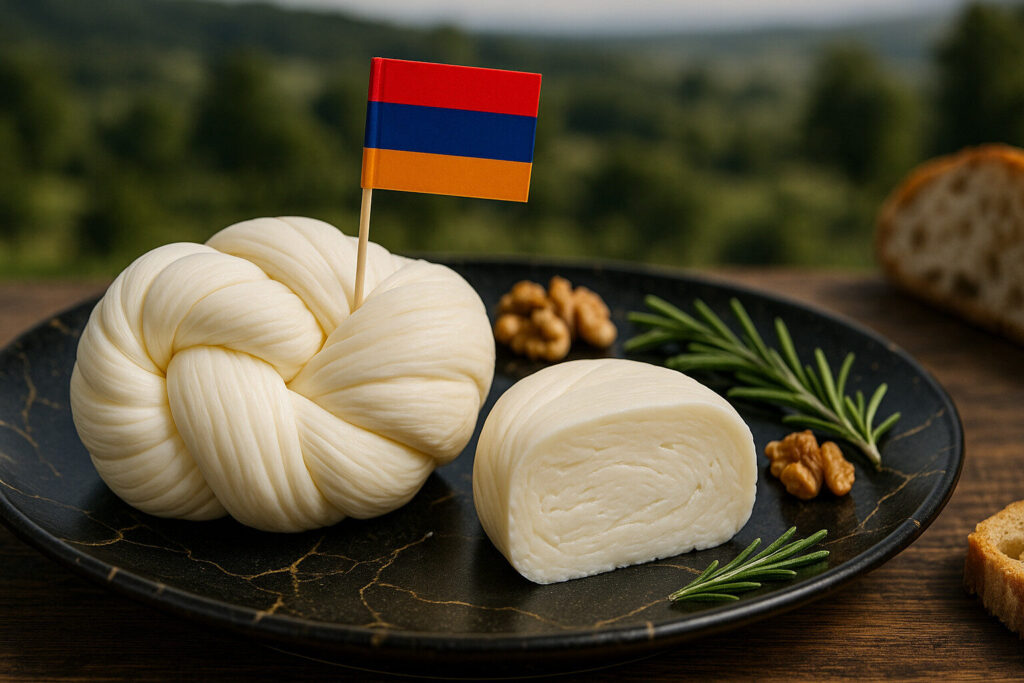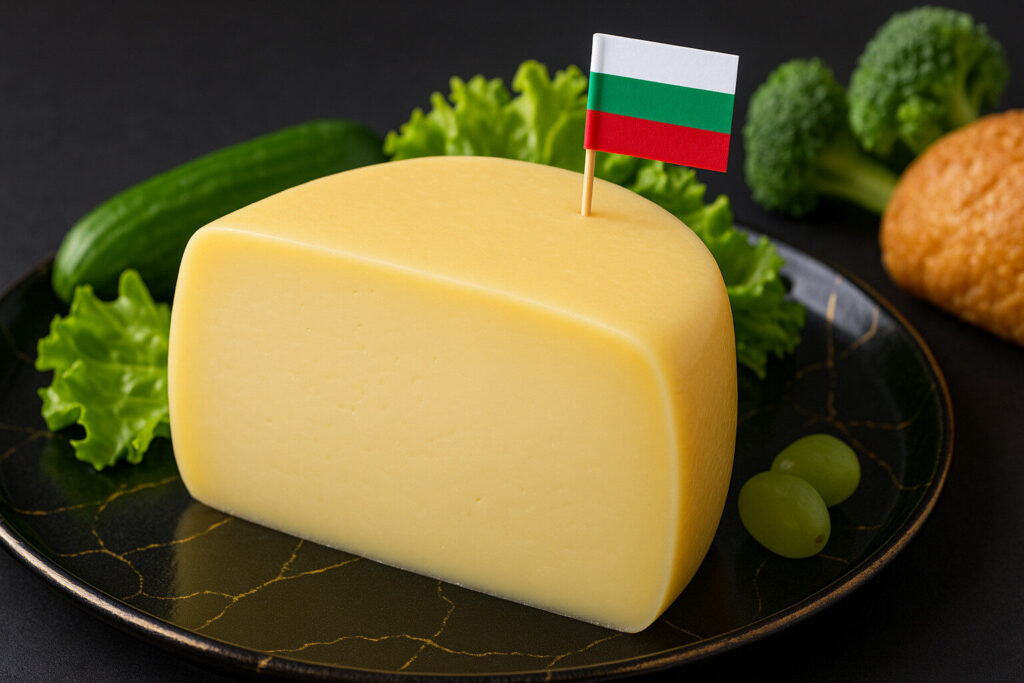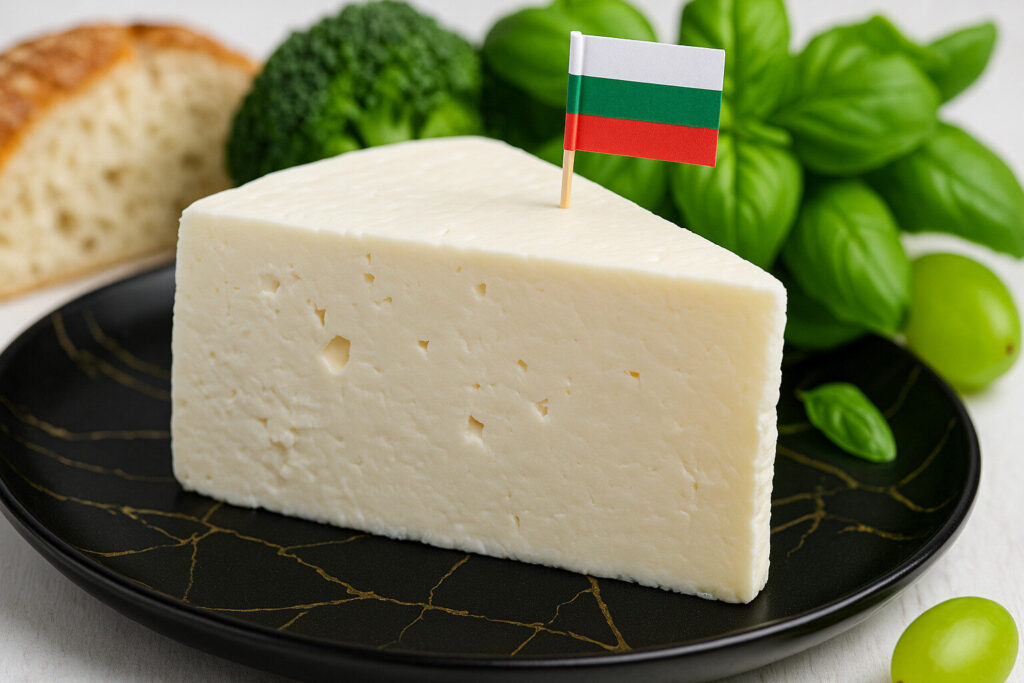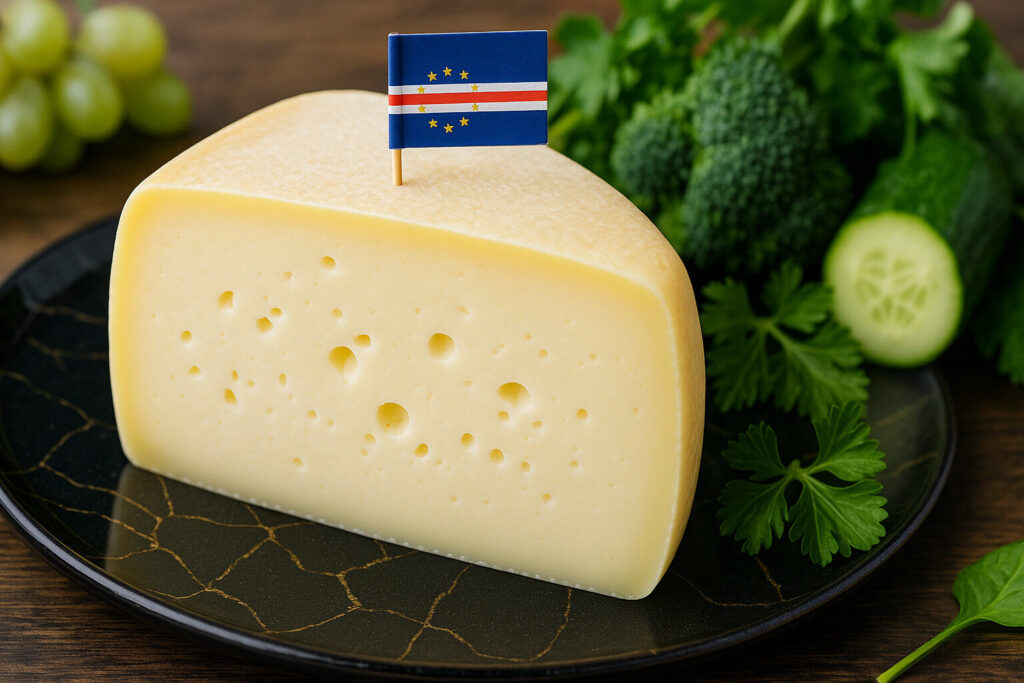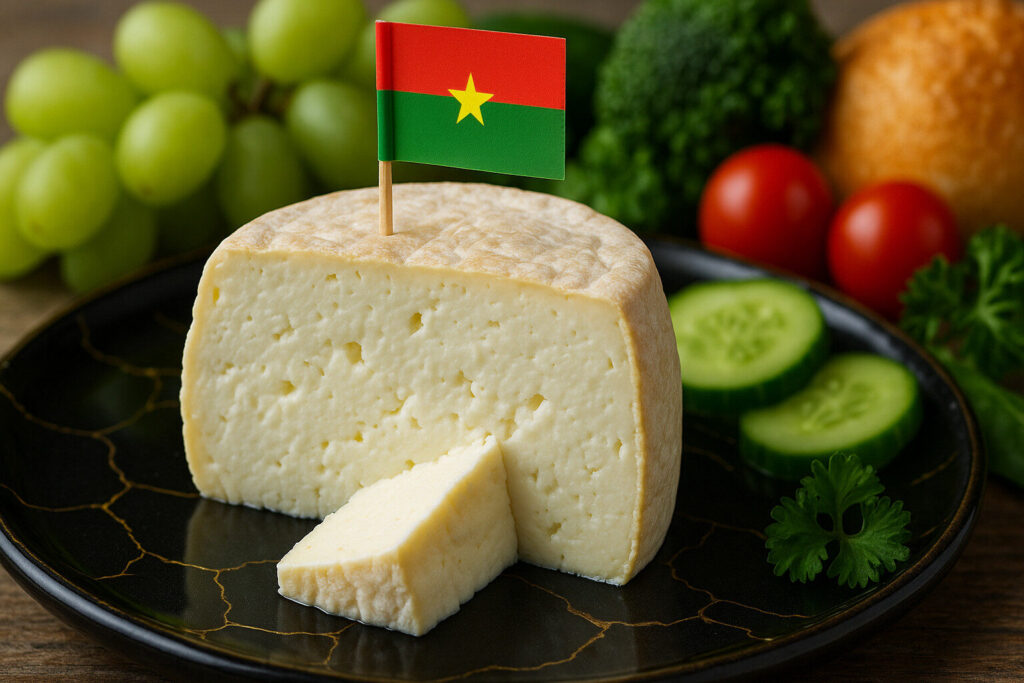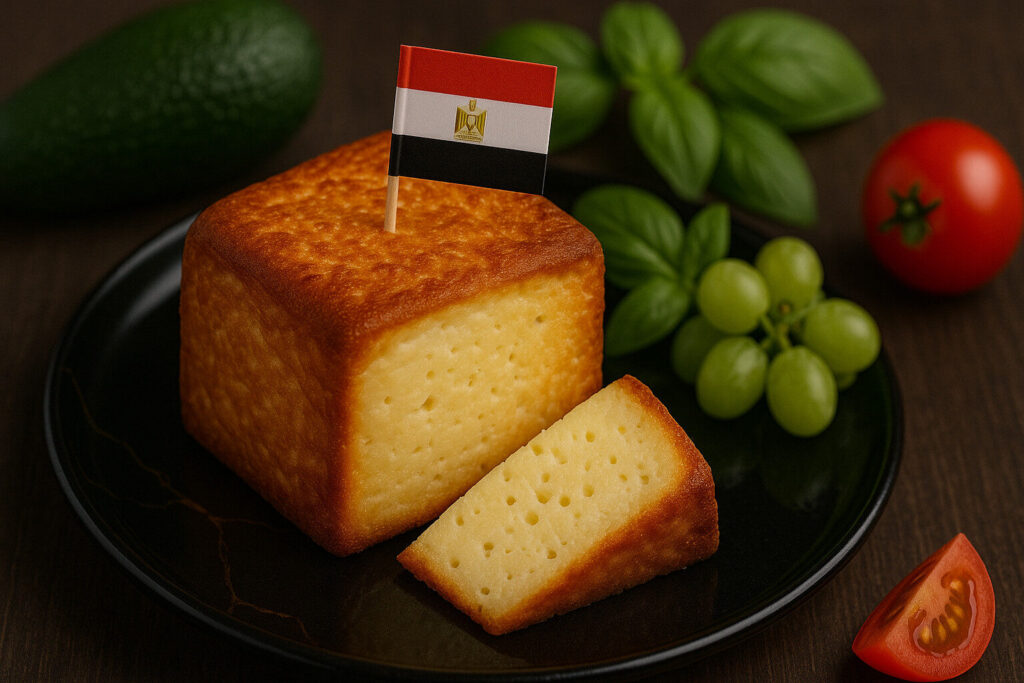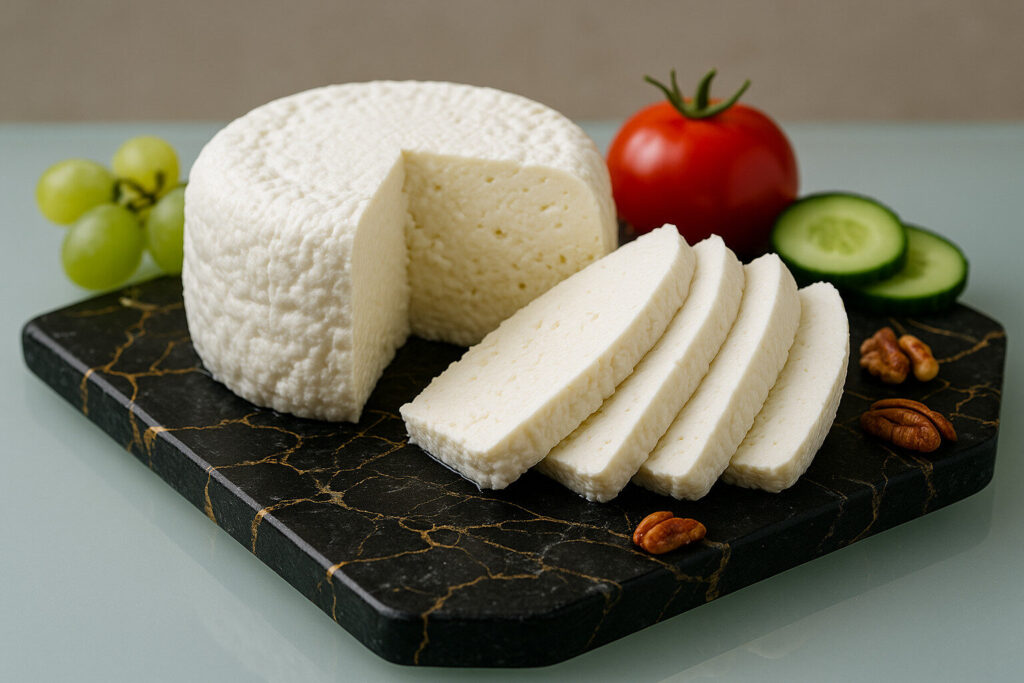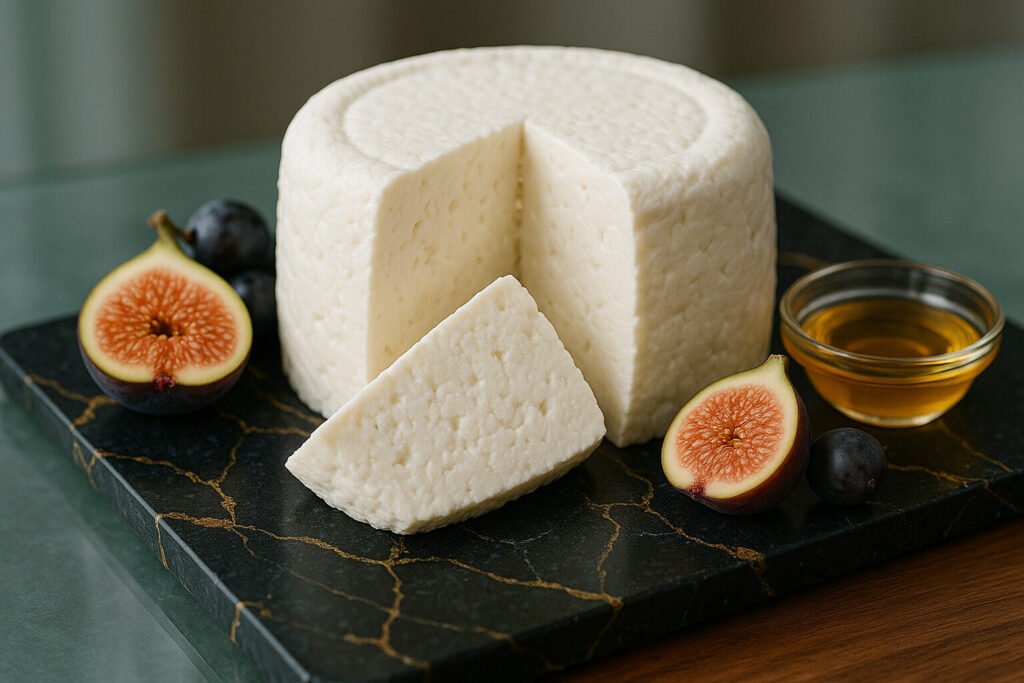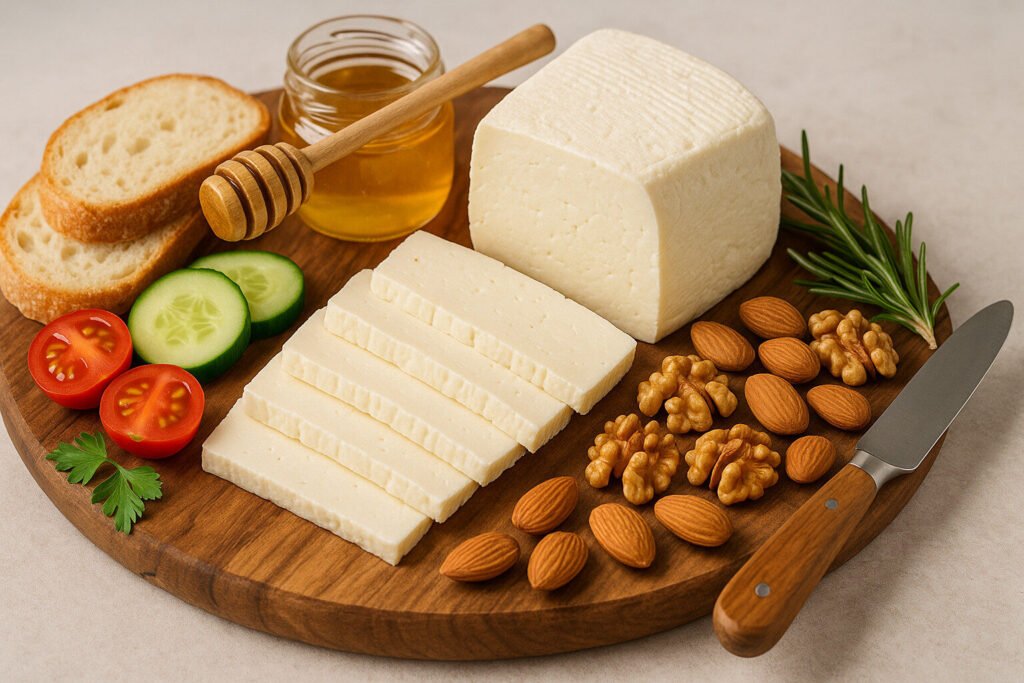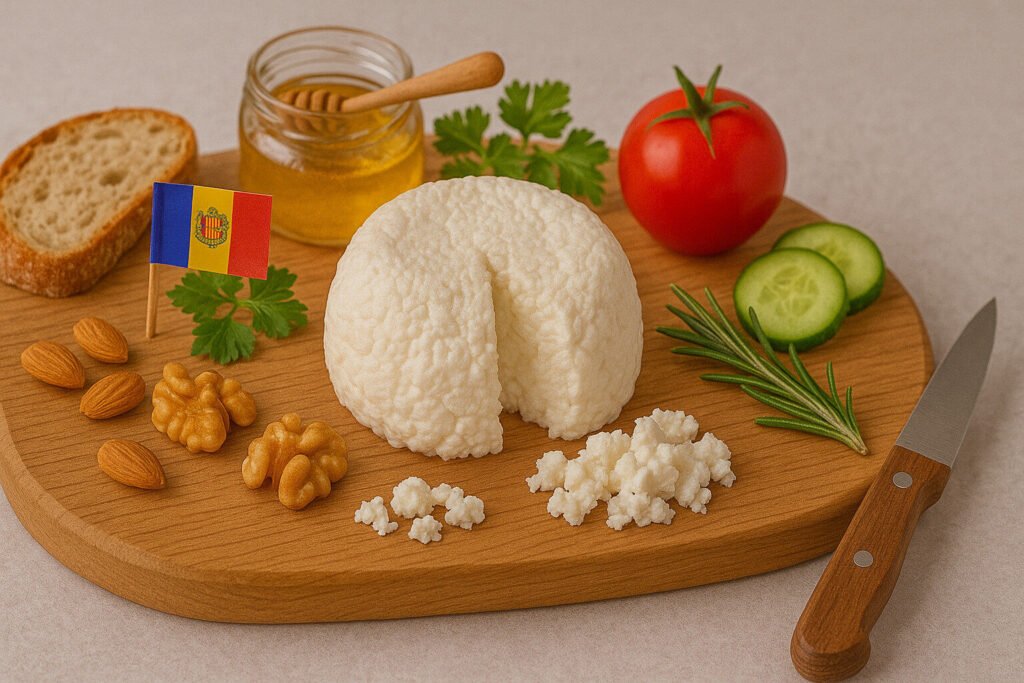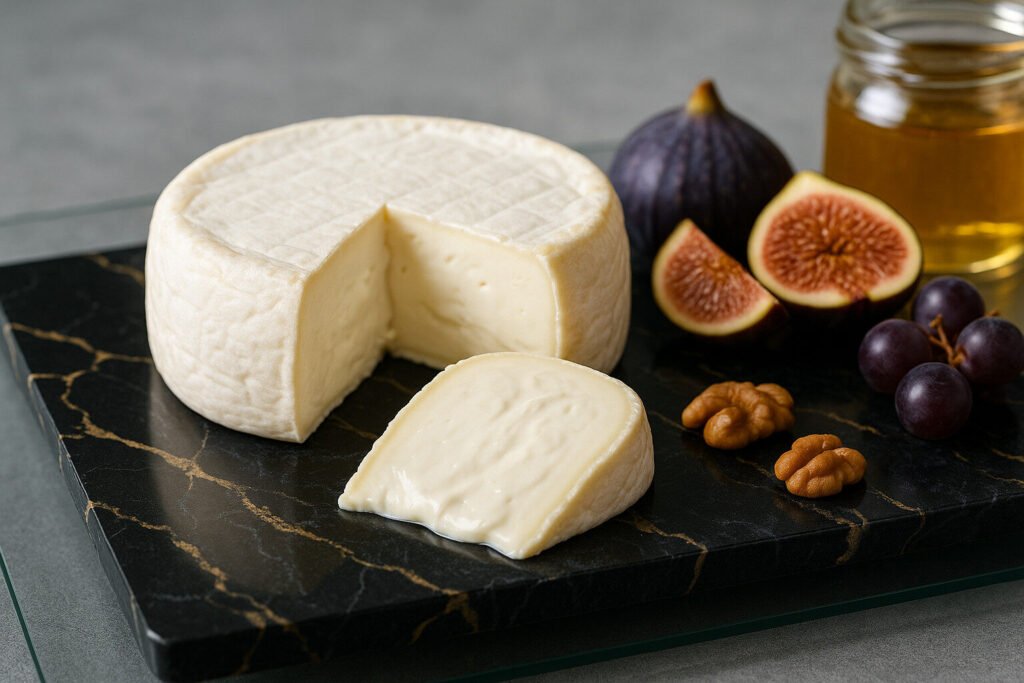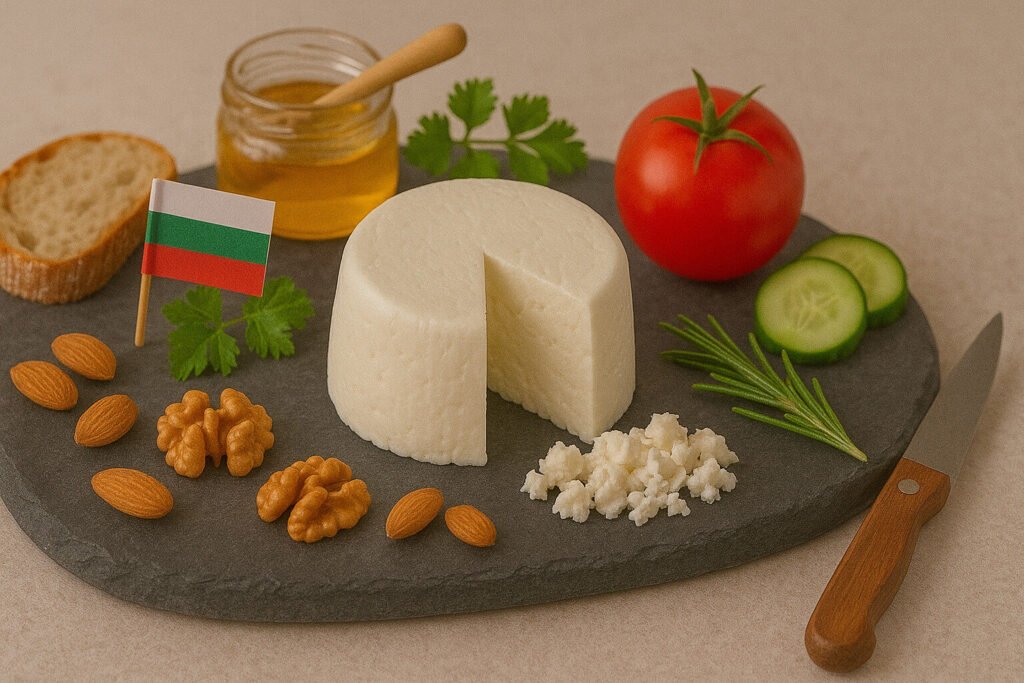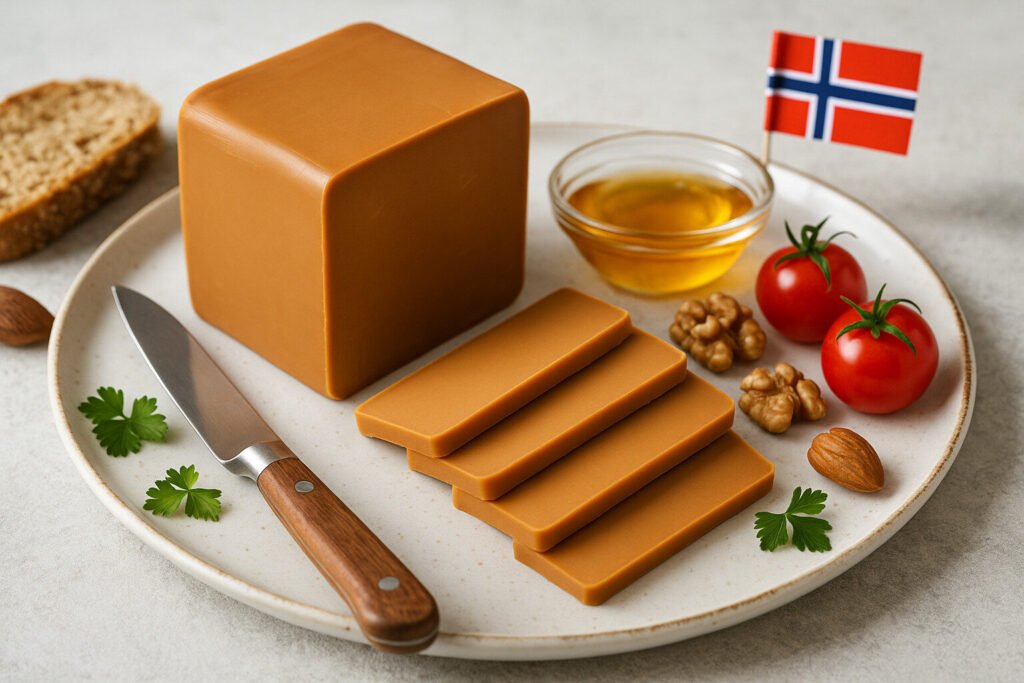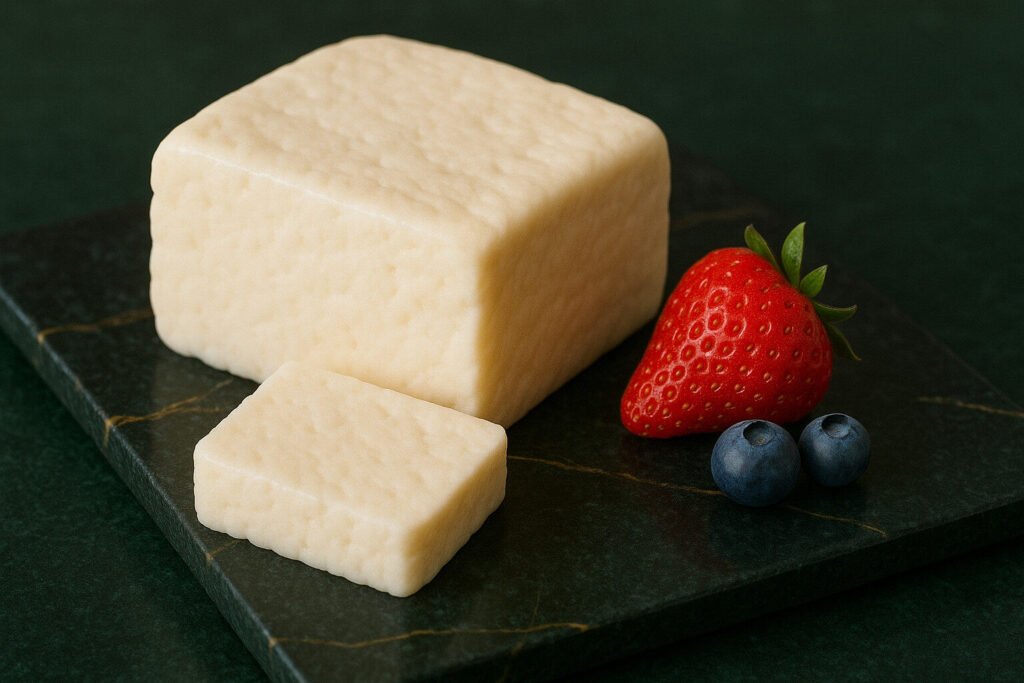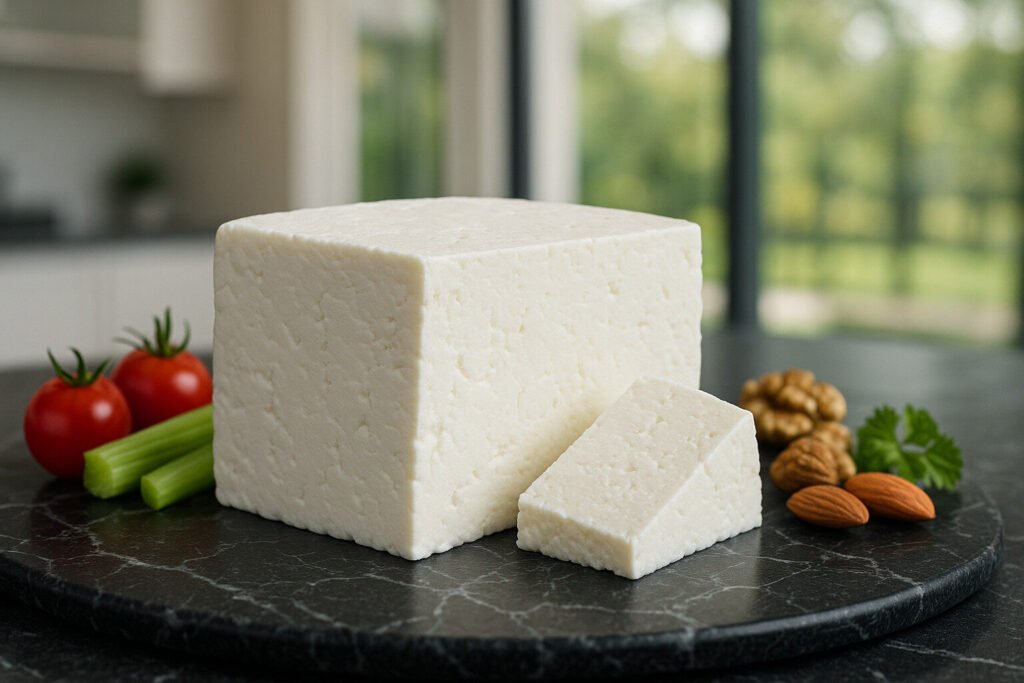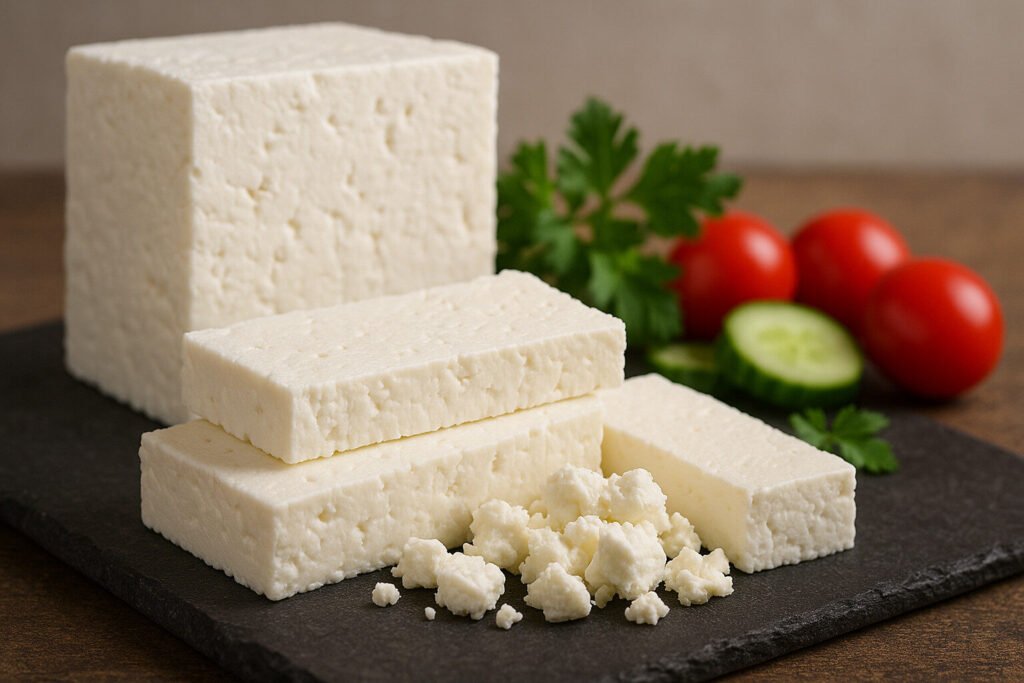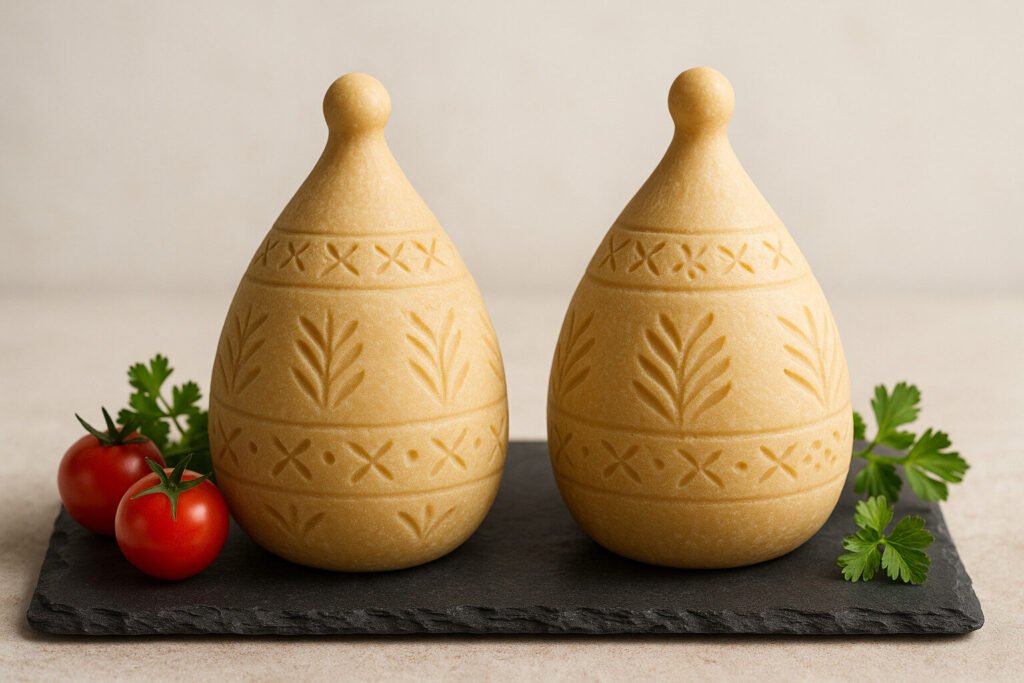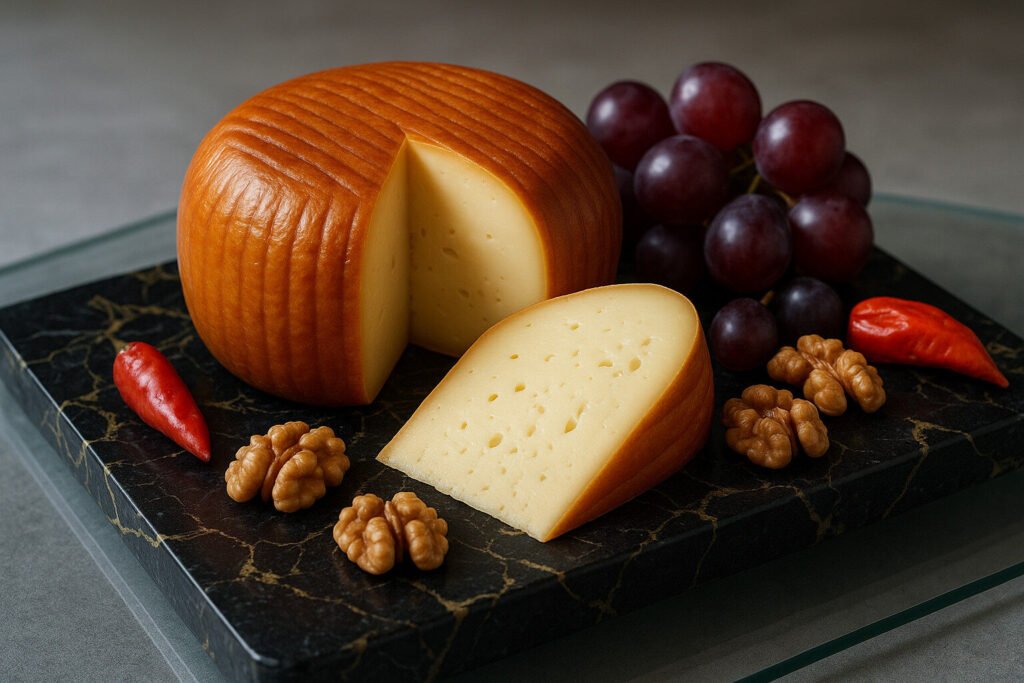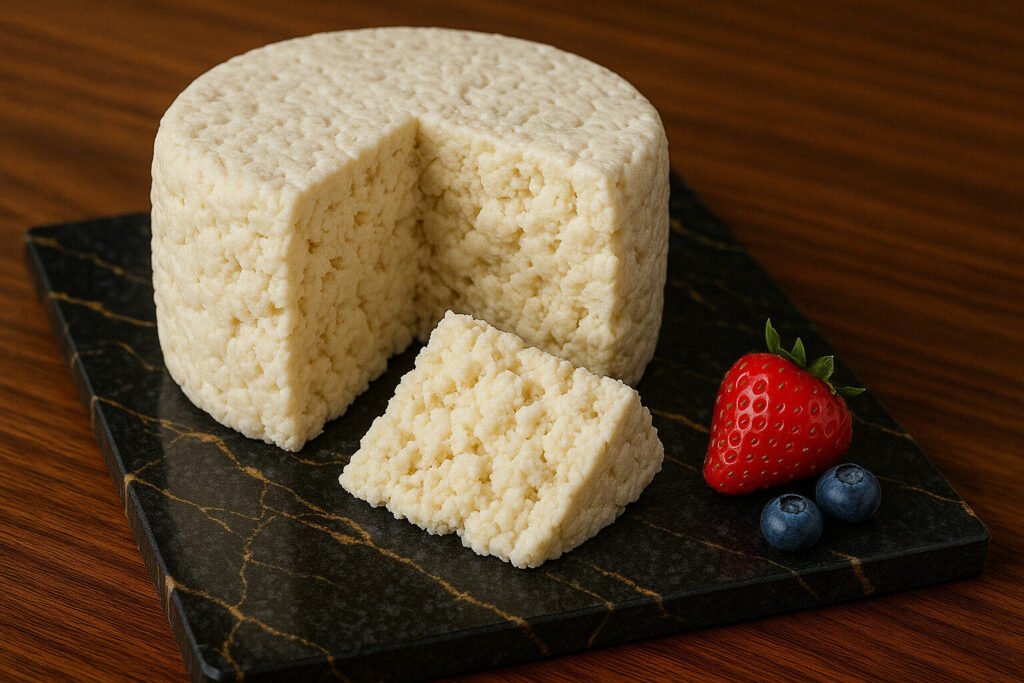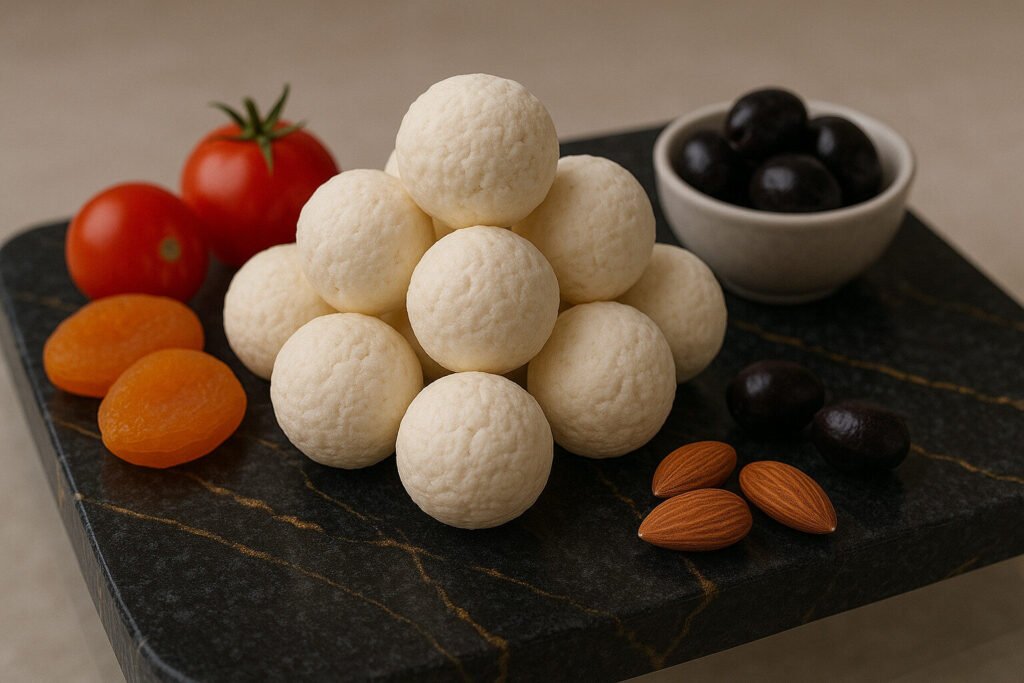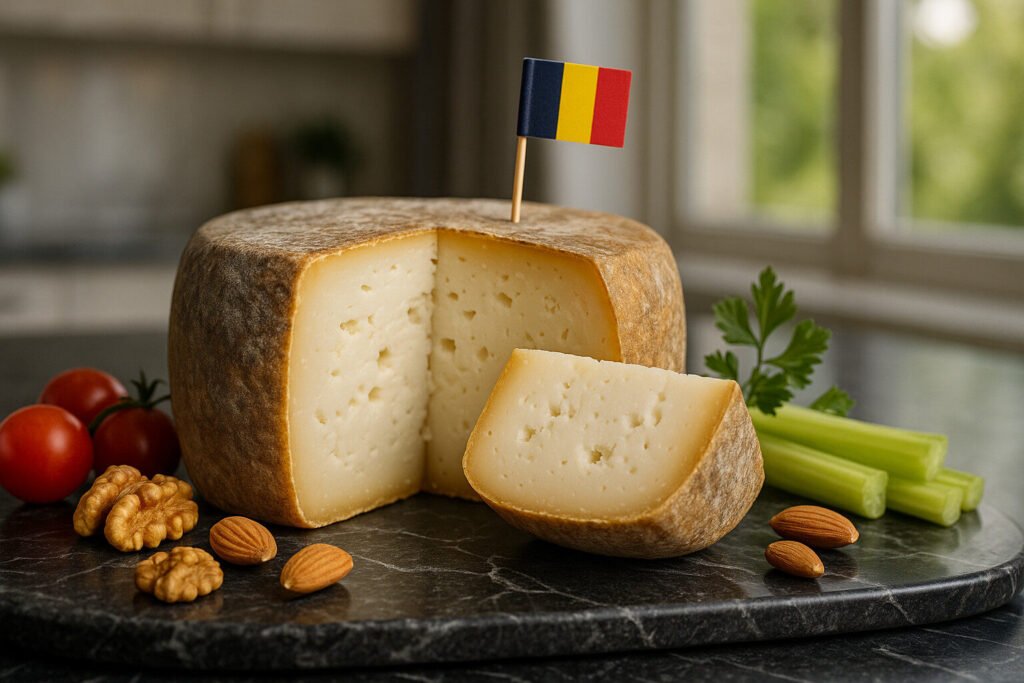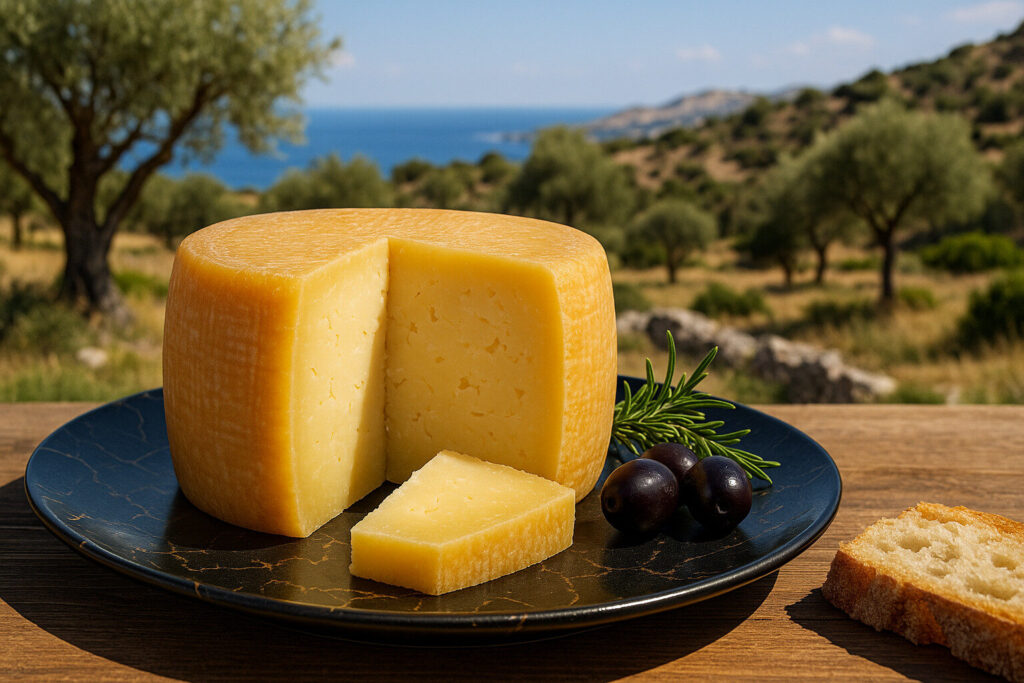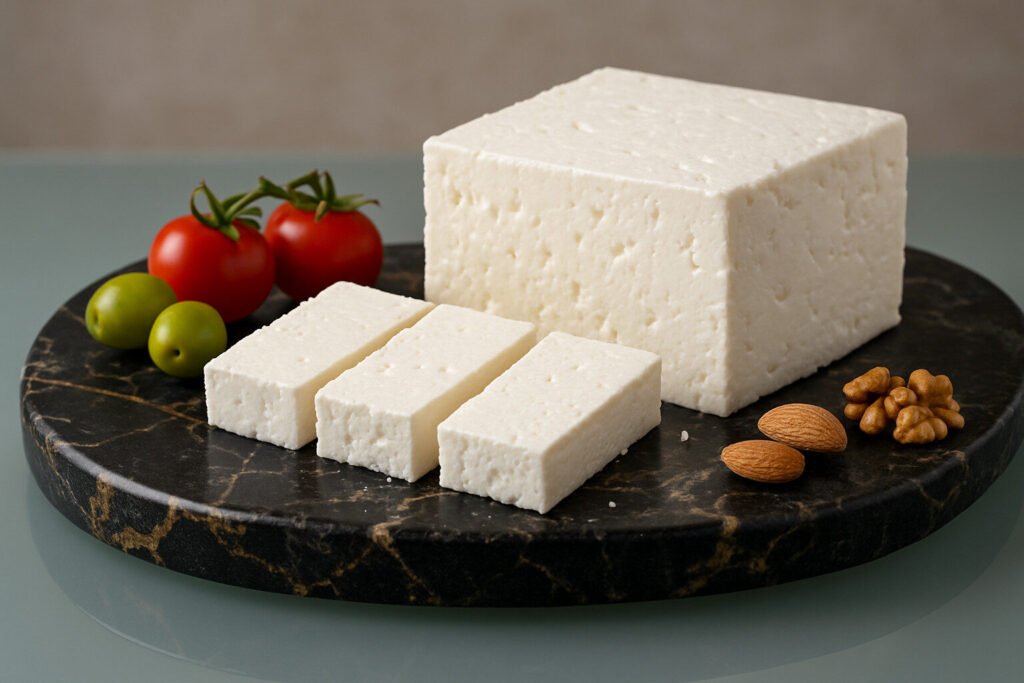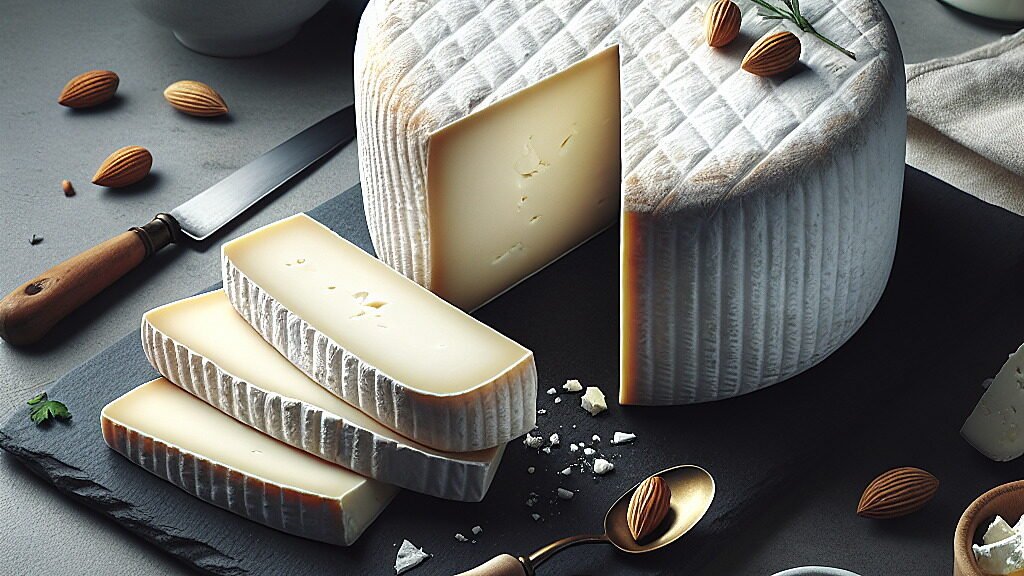Cheese From Goat Milk
Definition and Scope
Goat milk refers to milk produced by domestic goats, primarily used in cheesemaking. It contains smaller fat globules and different proteins than cow milk, influencing cheese texture and digestibility. This milk forms the base for numerous cheese varieties across global culinary traditions.
Its composition includes caprylic and capric fatty acids, contributing distinctive flavors. Goat milk cheeses range from fresh chèvre to aged varieties like Crottin de Chavignol. The category encompasses both purely goat milk cheeses and mixed-milk blends with cow or sheep milk.
Production Methods
Goat milk cheese production typically begins with gentle pasteurization or raw milk treatment. Coagulation occurs through acidification or rennet addition, creating delicate curds. These curds require careful handling to preserve their fragile structure during draining and molding.
Aging periods vary significantly, from days for fresh cheeses to months for firm varieties. Many producers use surface mold treatments like Geotrichum candidum for bloomy rinds. Traditional methods often involve hand-ladling curds and natural cave aging for complex flavor development.
Sensory Profile
Goat milk cheeses typically exhibit bright, tangy notes with pronounced acidity. Younger cheeses often display fresh, citrusy characteristics and clean lactic tones. The texture ranges from moist and spreadable in fresh varieties to crumbly in aged examples.
Aged goat cheeses develop deeper earthy, nutty, and sometimes peppery flavors. The rind contributes additional mushroom or cellar-like nuances in surface-ripened types. Unlike cow milk cheeses, goat varieties rarely show bitter notes when properly produced.
Culinary Applications
Fresh goat cheeses excel in salads, spreads, and as garnishes for their bright acidity. Their creamy texture makes them ideal for cheeseboards paired with fruits and light wines. Cooked applications include melting over pizzas or incorporating into pasta fillings and sauces.
Aged goat cheeses grate well over soups and pasta dishes. They withstand baking in tarts and soufflés while maintaining structural integrity. Many chefs value goat cheese for its ability to cut through rich dishes without overwhelming other ingredients.
Regional Examples
France produces renowned goat cheeses like Valençay and Sainte-Maure de Touraine. These AOP-protected cheeses often feature characteristic ash coatings and cylindrical shapes. The Loire Valley remains particularly famous for its diverse goat milk cheese traditions.
Spain contributes Garrotxa, a semi-firm aged cheese with subtle nutty flavors. United States artisanal producers create innovative goat cheeses like Humboldt Fog. Mediterranean countries maintain ancient traditions of both fresh and brine-preserved goat milk cheeses.

